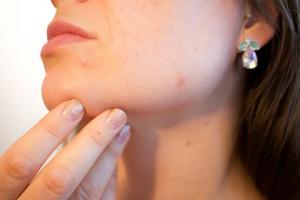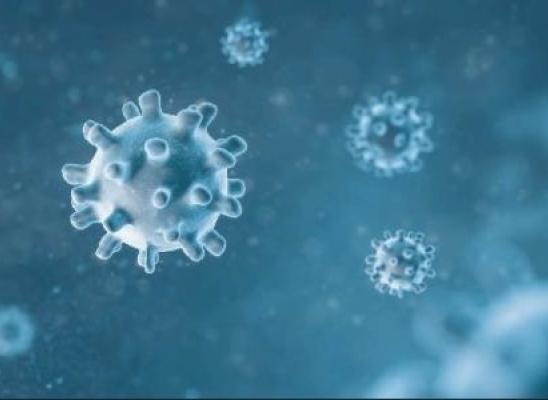Skin Picking Disorder – Triggered by stimulants?
Online test
Find out the severity of your symptoms with this free online test

Skin picking disorder is a compulsive body-focused repetitive behavior with neurobiological similarities to attention deficit hyperactivity disorder (ADHD). Methylphenidate is a psychostimulant used to treat ADHD yet may also serve to trigger skin picking disorder.
People with skin picking disorder repeatedly pick, poke, squeeze or lance the skin resulting in injury and emotional distress. It is a compulsive act, and many people try to stop on their own but cannot. Researchers have discovered neurobiological mechanisms that contribute to skin picking disorder as well as physical reasons for worsening symptoms, but the exact biological mechanism remains unknown. For example, skin picking disorder appears to have a genetic link. People with a family history of the obsessive-compulsive disorder are more likely to develop to skin picking disorder. People with skin picking disorder are also more likely to have family members with other body-focused repetitive behaviors.
Neurology of the brain
There is also evidence that links anxiety and stress to the severity of skin picking behaviors. Multiple studies found a cyclical relationship whereby the higher someone’s anxiety or stress, the more they picked at their skin. Since skin picking disorder is associated with a tremendous amount of stigma and shame, the more someone picks at his or her skin, the more work they do to hide it. Therefore, anxiety may trigger picking behaviors and picking behaviors trigger anxiety which is why many treatments focus on managing anxiety and stress.
Another neurobiological clue comes from studying impulsivity. There are different kinds of impulsivity. Attentional impulsivity is the ability to remain focused on something, and motor impulsivity is the ability to control behavior. Motor impulsivity is further broken into the ability to start behaviors and the ability to stop them with different brain mechanisms in charge of each. People with skin picking disorder who have difficulties with attentional and motor impulsivity are more likely to have severe picking behaviors. Other research narrows it to the area of the brain responsible for stopping inappropriate motor responses, meaning once a repetitive behavior starts, there is nothing in the brain to tell the body not to do it anymore.
ADHD
Impulsivity is also an issue for people with ADHD. Specifically, there is evidence that the brain region involved in inhibitory control is what reacts with psychostimulants to reduce ADHD symptoms. Inhibitory control is one of the mechanisms of impulsivity. Inhibitory control is the part of the brain that tells the body to stop something, which often becomes the target for treatment. Behavioral treatment works on cognitive processes leading up to impulsive behavior and learning to stop them before they start while pharmacological treatment manages the neurotransmitters.

Stimulants
Methylphenidate is a stimulant to the central nervous system used to treat ADHD that is predominantly hyperactive and impulsive. It acts by blocking the reuptake of neurotransmitters in the prefrontal cortex that contribute to impulsivity. Research suggests it may be useful for treating the impulsivity that accompanies skin picking disorder, but stimulants can also backfire. A recent article described a case where someone developed skin picking disorder after receiving treatment with methylphenidate for ADHD. There is not much information about why this happened, but it does suggest a link between the brain’s inhibitory control system and skin picking disorder.
Perhaps further research will provide further illumination that can result in pharmacological treatments that target the compulsions that drive body-focused repetitive behaviors.
References
Grant, J. E. & Chamberlain, S. R. (2017). Clinical correlates of symptom severity in skin picking disorder. Comprehensive Psychiatry, 78, 25-30. https://www.ncbi.nlm.nih.gov/pubmed/28779593
Kara, T. & Ismail, A. (2018). Newly developed skin picking disorder after methylphenidate treatment in attention deficit hyperactivity disorder: Possible mechanisms. Clinical Neuropharmacology, 41(1), 28-30 doi: 10.1097/WNF.0000000000000262
Robbins, T. W. & Dalley, J. W. (2017). Dissecting impulsivity: Brain mechanisms and neuropsychiatric implications. Nebraska Symposium on Motivation, 64. https://www.researchgate.net/publication/315852737_Dissecting_Impulsivity_Brain_Mechanisms_and_Neuropsychiatric_Implications
Online test
Find out the severity of your symptoms with this free online test
Start your journey with SkinPick
Take control of your life and find freedom from skin picking through professional therapy and evidence-based behavioral techniques.
Start Now



